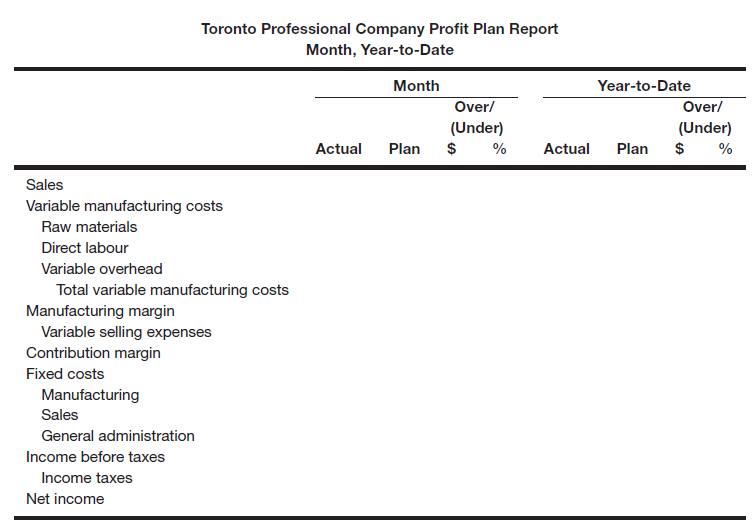Question:
Metro Montreal Cosmetics distributes cosmetic products to large retailers across the country. The firm was started in 1975 by its first president, Stephen Kerr, who still serves as chairman of the board. Over the years, the company has grown in size and complexity. As the company has prospered, Richard Mason, the controller, has acquired and installed new accounting software to accommodate the increasing demands on the firm€™s accounting systems. This year, Richard has convinced Stephen that it is time to upgrade their payroll system, which is now 7 years old. The company hires an outside consultant, who examines their situation and concludes that either one of two systems can meet their requirements. Richard therefore asks two of his most competent employees, Fritz Grupe and Meg Chrisman, to help him perform a point-scoring analysis and make a final choice. The three individuals meet as a study team and agree upon five qualities for rating the two vendors: 1) need for further modifications, 2) ease of use, 3) strength of internal controls, 4) flexibility for updating and Internet options, and 5) vendor support. To help them rate the two vendors on these five criteria, the committee invites representatives from each vendor to visit the company and make a presentation. Fritz makes arrangements for the presentation team from vendor A to present on a Friday morning and a similar team from vendor B to visit that same afternoon. Unfortunately, an emergency makes it impossible for Richard to attend either presentation. Meg and Fritz attend both sessions but come away with very different impressions of the competing software. The table below provides some relevant data.

Requirements
1. To start their analysis, Meg and Fritz decide to use their own ratings to perform separate point-scoring analyses. For this part, use equal weightings of 0.2 for each category. Perform similar analyses using a spreadsheet. Which vendor does each person prefer?
2. Both Meg and Fritz decide that using equal weight for each category doesn€™t make sense. After some discussion, they agree to the €œcompromise weights€ shown below. They again perform their analyses. Which vendor does each person prefer now?
3. Fritz and Meg show their results to Richard, who suggests that they use their compromise weights but use combined averages for their €œgrades€ for each vendor. They perform yet a third analysis. Which vendor receives the highest total now?
4. What do these exercises suggest about point-scoring analyses? Does this method still seem €œobjective€ to you? Why or why not?

Transcribed Image Text:
Toronto Professional Company Profit Plan Report Month, Year-to-Date Year-to-Date Month Over/ Over/ (Under) (Under) $ % Actual Plan Actual Plan Sales Variable manufacturing costs Raw materials Direct labour Variable overhead Total variable manufacturing costs Manufacturing margin Variable selling expenses Contribution margin Fixed costs Manufacturing Sales General administration Income before taxes Income taxes Net income Fritz's Weights Vendor Meg's Weights Vendor Vendor Equal Weights Compromise Weights Vendor A B A в Required modifications Ease of use Internal controls 3 4 2 3 3 3 0.2 0.2 3 2 3 0.2 0.3 4 0.2 0.1 3 4 Flexibility Vendor support 0.2 0.1 5 0.2 0.3








